The Importance of Non-Fiction
I’ve been writing about how I have been reinvigorating the non-fiction collection in my secondary school library. But why? Aren’t school libraries culling their non-fiction and students turning to online sources? I believe that non-fiction still plays a vital part in the school library for all ages. Here’s my thoughts around the importance of non-fiction, why it deserves pride of place in any school library and how to get it right in your school library.
The value of reading non-fiction
Reading non-fiction is so important for students. Non-fiction offers up a whole new world to our readers. They might travel the globe, learn something new, see their passion reflected back to them or discover something that might just become their passion,
Beautifully illustrated titles or books filled with vibrant photographs can be an easy access point for readers. Other readers might prefer the format of a non-fiction book to a fiction book, so easy to flick through, to sample or drop in and out of. And then you have the massive range of topics available to non-fiction readers. These can be such a great hook for readers (or non-readers) following a passion and turning it into a love of reading.
Non-fiction is often more accepted for younger readers, a great way for them to explore and learn about the world, but this is just as true for our tween and teen readers. For many adults, a non-fiction book (cookbook, biography or self help guide) might be the only thing they read and yet for some reason we remove non-fiction for our middle school or secondary school readers. We need to value non-fiction for all our readers, of all ages.
Gorgeous covers, glossy pages, vibrant colours, beautiful modern designs, whimsical illustrations. What’s not to love about a non-fiction book.
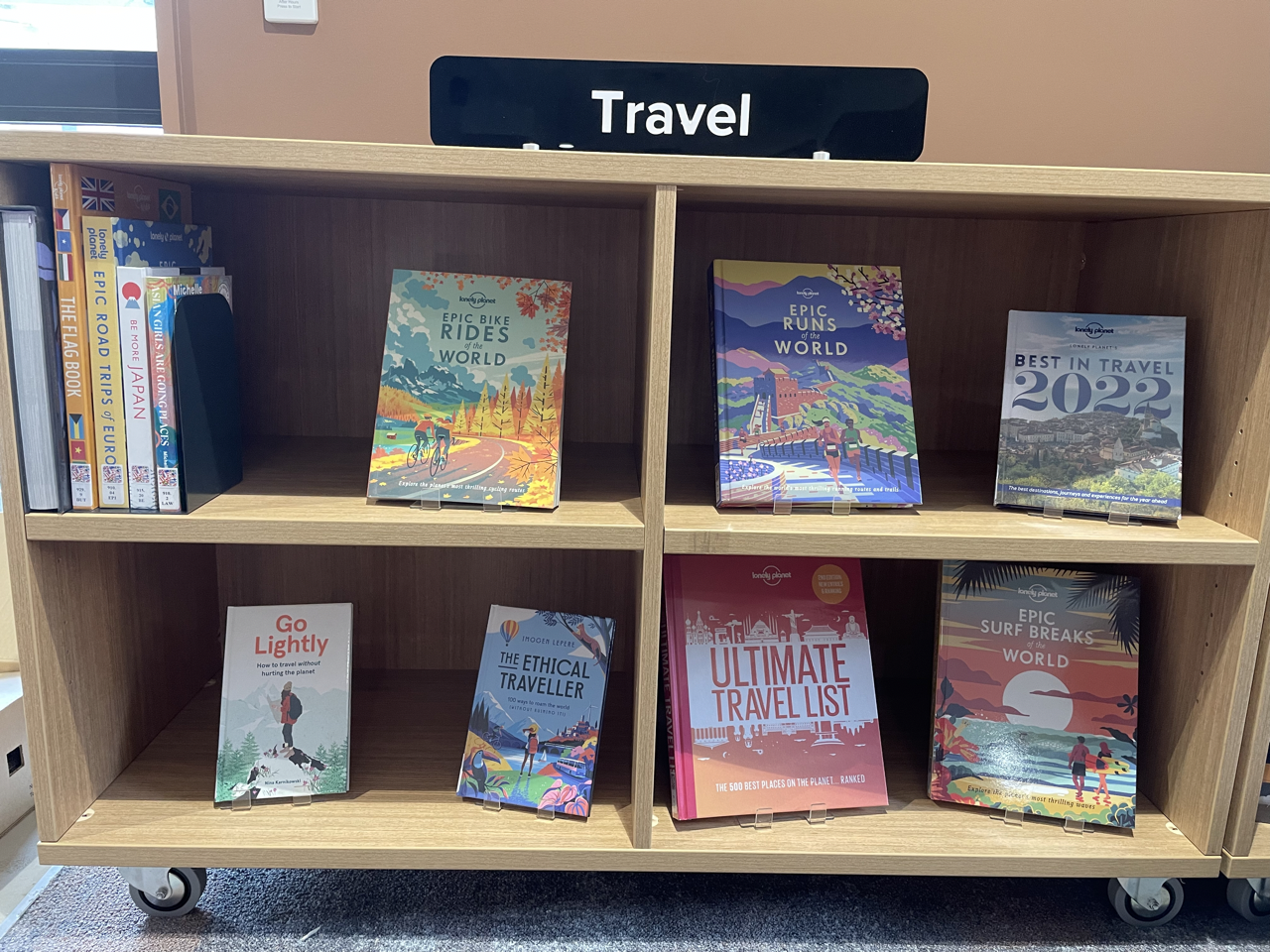
It’s not just for curriculum
Non-fiction is not just for curriculum use. It needs to be valued for recreational reading just as much as we value reading fiction for pleasure.
For some readers, non-fiction might be the only type of reading they enjoy. For others, they might bounce between reading fiction, audiobooks, non-fiction, magazines, graphic novels and more. We need to value this bouncing. I know myself that I have different reading moods and sometimes a non-fiction book is exactly what I need.
With the ease of online sources, students do turn to the internet for the majority of their research and curriculum purposes. That doesn’t mean non-fiction can’t be useful for curriculum use. I’ve found teachers really appreciate basic non-fiction full of simple facts and bright illustrations for students who need to master the basics and might get distracted by the overwhelming vastness of online information. Equally, non-fiction can be the perfect hook. Narrative non-fiction can be a fun way to bring literature and non-fiction into any classroom.

Let’s get making
Many school libraries have a makerspace, or at least host lunchtime activities that range from Lego to origami, tinkering or inventing. Non-fiction collections pair so beautifully with this. Titles about making, tinkering, or inventing, building Lego, cooking, knitting, or crafting, or maybe even coffee table worthy glossy pages of dream treehouses, underwater land spaces or the far distance reaches of space to inspire our learners.
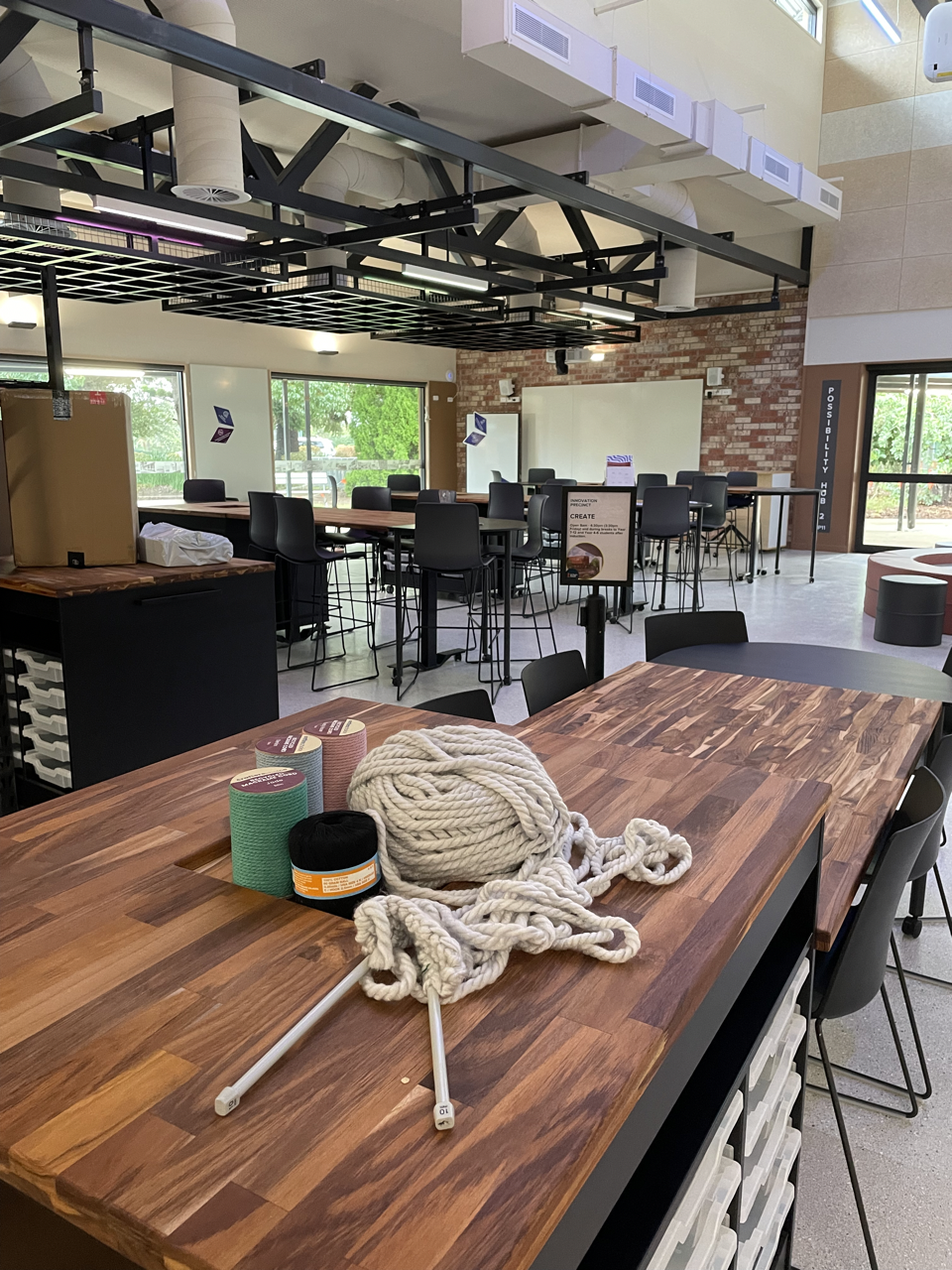
Barriers
I always wonder if we actually want students to pick up a non-fiction book. Between tightly packed shelves and old or mouldy books, not to mention the highly confusing decimal system, it’s a wonder students read or borrow non-fiction at all. Imagine telling someone they need to learn how Netflix works, understand what an algorithm is and what each genre of movie means before they are allowed to pick up a remote and watch anything, and then only allowing them to scroll through a list of title – no film covers. But that’s exactly what we do with our readers. Lessons on dewey decimal, non-fiction licenses, restricting the age of being allowed to borrow non-fiction, spine out shelving. We put so many barriers in front of our students and in doing so, tell them that non-fiction is not as valuable as fiction. Do you enforce a borrowing limit or a balance between fiction and non-fiction? Do you allow students to borrow more non-fiction than fiction? Do you limit younger readers’ access to non-fiction? What about the signage in your non-fiction area? Does a student need to know what 599.53 means before they can borrow a book about dolphins?
How to get it wrong
It seems a lot easier to write a list on how to get non-fiction wrong than right because sadly we get it wrong in school libraries so often. Here’s just a few examples of what might be wrong with a non-fiction collection
- dusty,
- mouldy,
- outdated,
- racist,
- homophobic,
- boring,
- not of interest,
- tightly packed shelves,
- spine out shelves with no forward facing displays,
- too many titles so you can’t find the hidden gems,
- signage that is consuming or unhelpful to students or no signage at all.
All of the above describes the non-fiction collection I inherited. I get it – why would you bother updating a collection no one wants to use. But by having these outdated and problematic books on the shelf, who would want to use it? Removing the outdated, cleaning it up and breathing new life into the collection, brings immediate results.
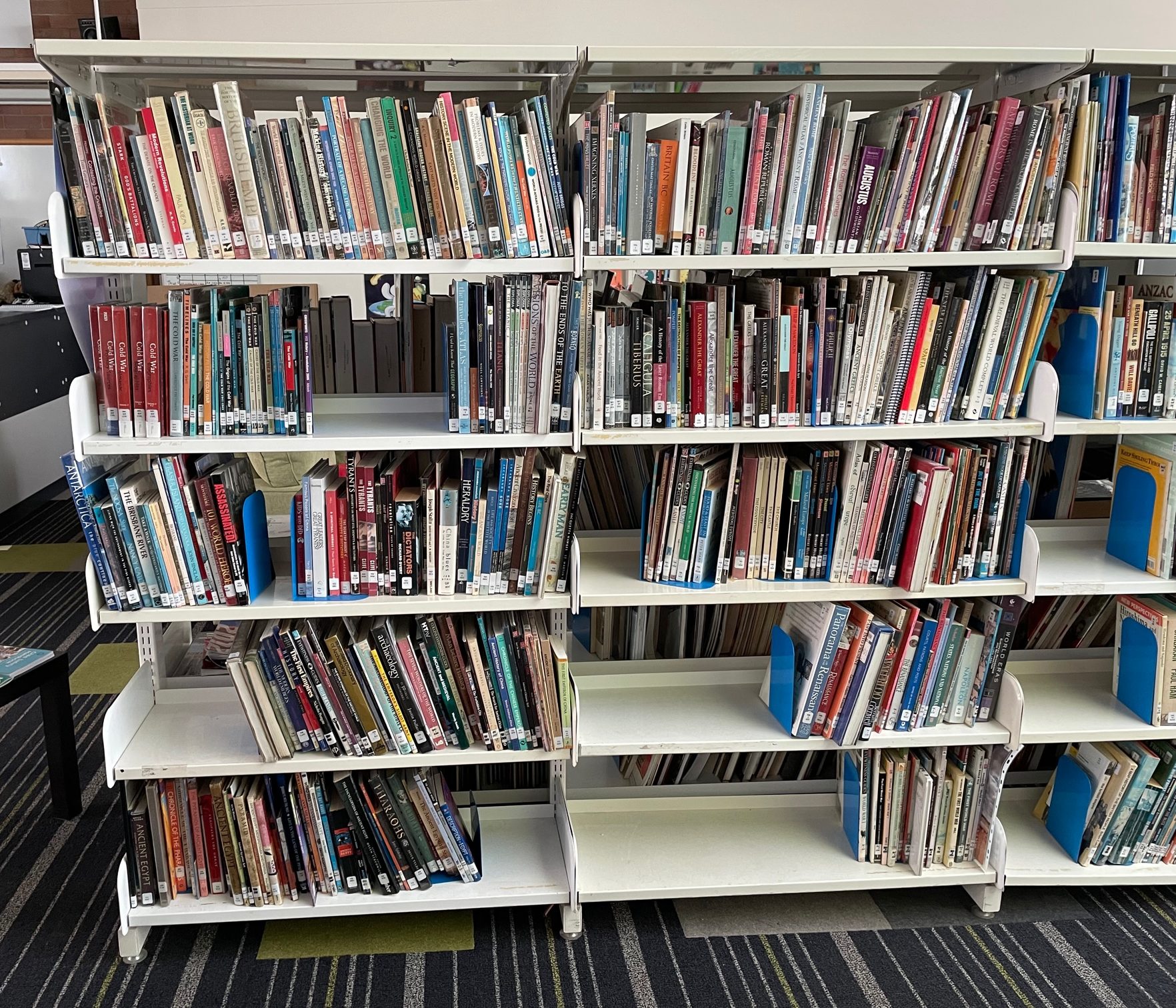
How to get it right
- beautiful, clean, fresh books. Something you’d want to curl up in bed with.
- Recent, relevant titles. Modern images and design.
- representative and unproblematic titles
- high interest titles – anything that sparks your students’ interest, more on this later
- curriculum relevant in accessible formats
- a range of forms of non-fiction
- easy to find sections
- clear signage
- lots of forward facing titles
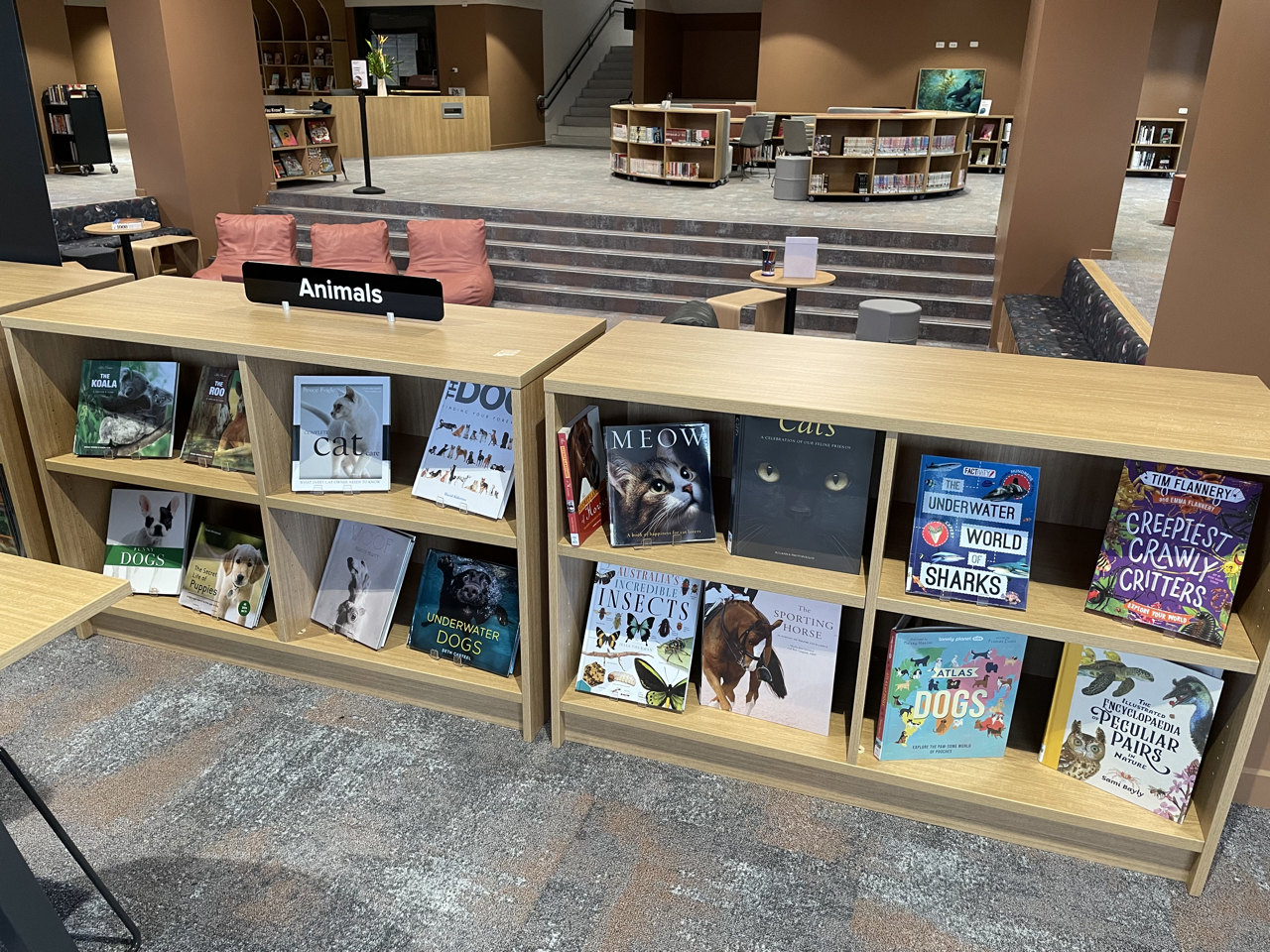
Build the interest, support student interest, increase access
I think the key is high interest titles. Or actually, I might call them “of interest” titles. Any book that is of interest to students should sit on the shelf. That’s why student-driven collection is so important. I’ve added books on random football coaches I’ve never heard of before due to a student request and, to my surprise and delight, that is proving to be a very popular section. Astrophysics is another area I need to purchase books in as I have students who are begging for titles. Those areas might not appeal to your students, so purchase what your students want. Mine know that if they ask for a book or a topic, I’ll purchase it. They can place a request via an online form, a verbal ask or even just when we are looking for something, if we don’t have it, I’ll offer to purchase it for them. And it’s working. If students see you value this collection, if they know that they’d an borrow freely from it, can help drive what we add to it, can see themselves reflected in the vibrant covers and deliciously glossy pages, can grow their knowledge about something they love or fall in love with something they didn’t even know existed.
Our readers deserve a beautiful non-fiction collection. Do your students have one?

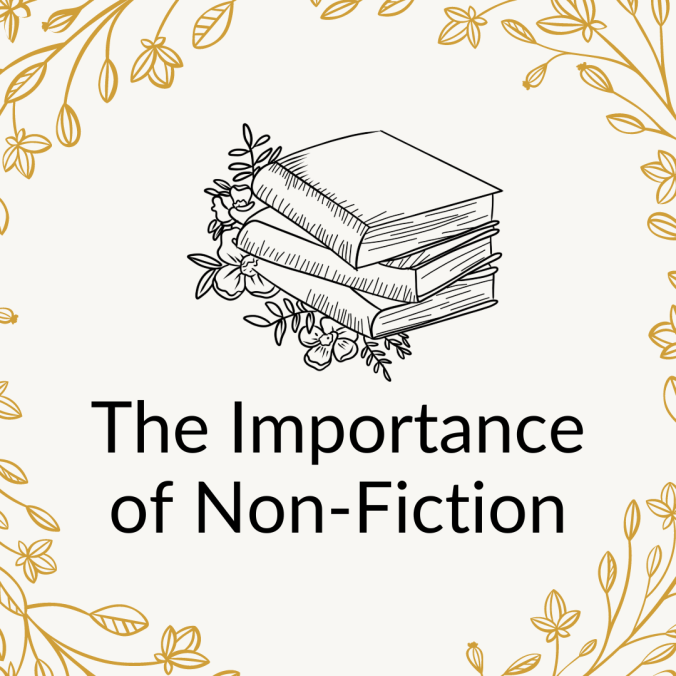
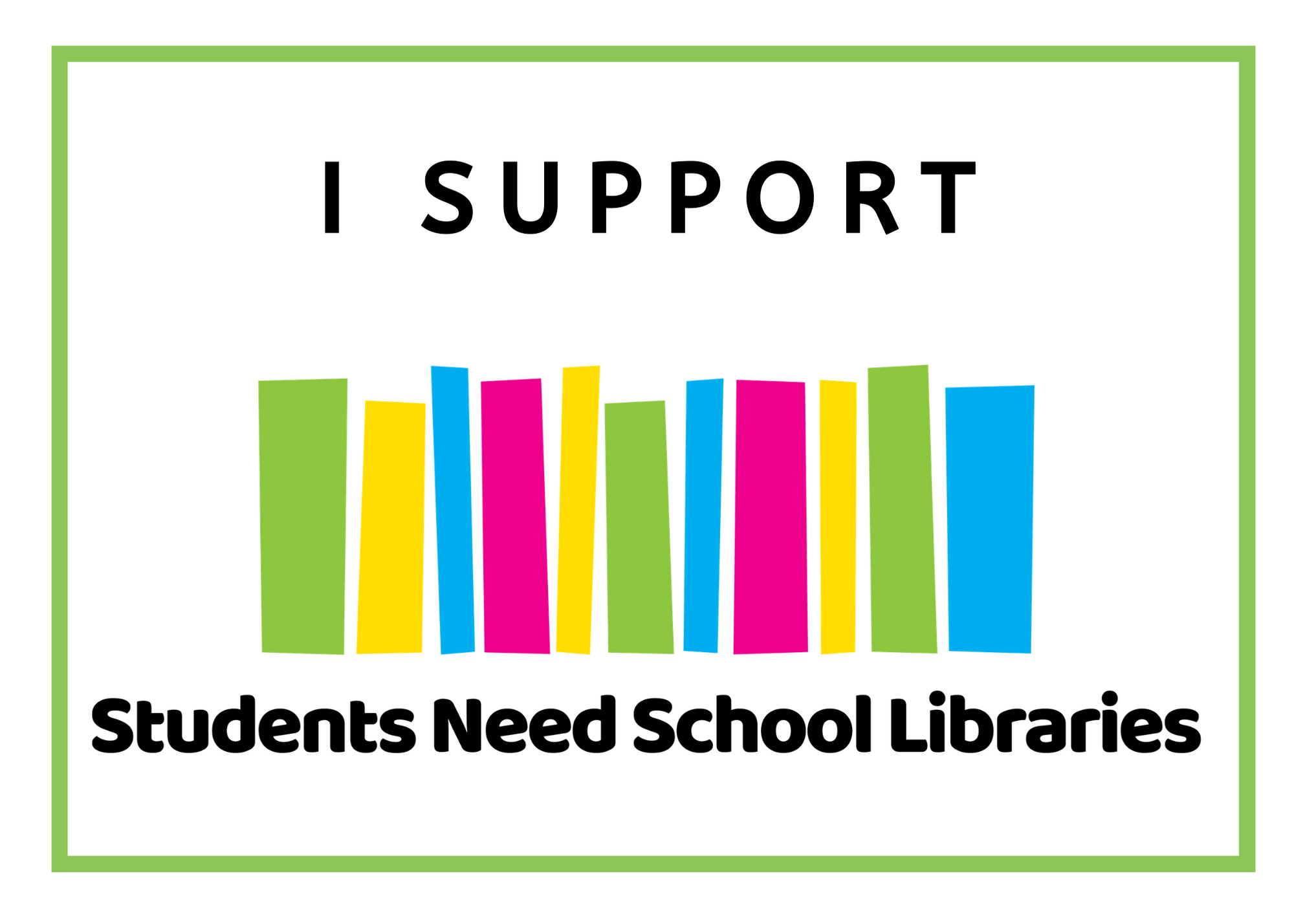

Leave a Reply